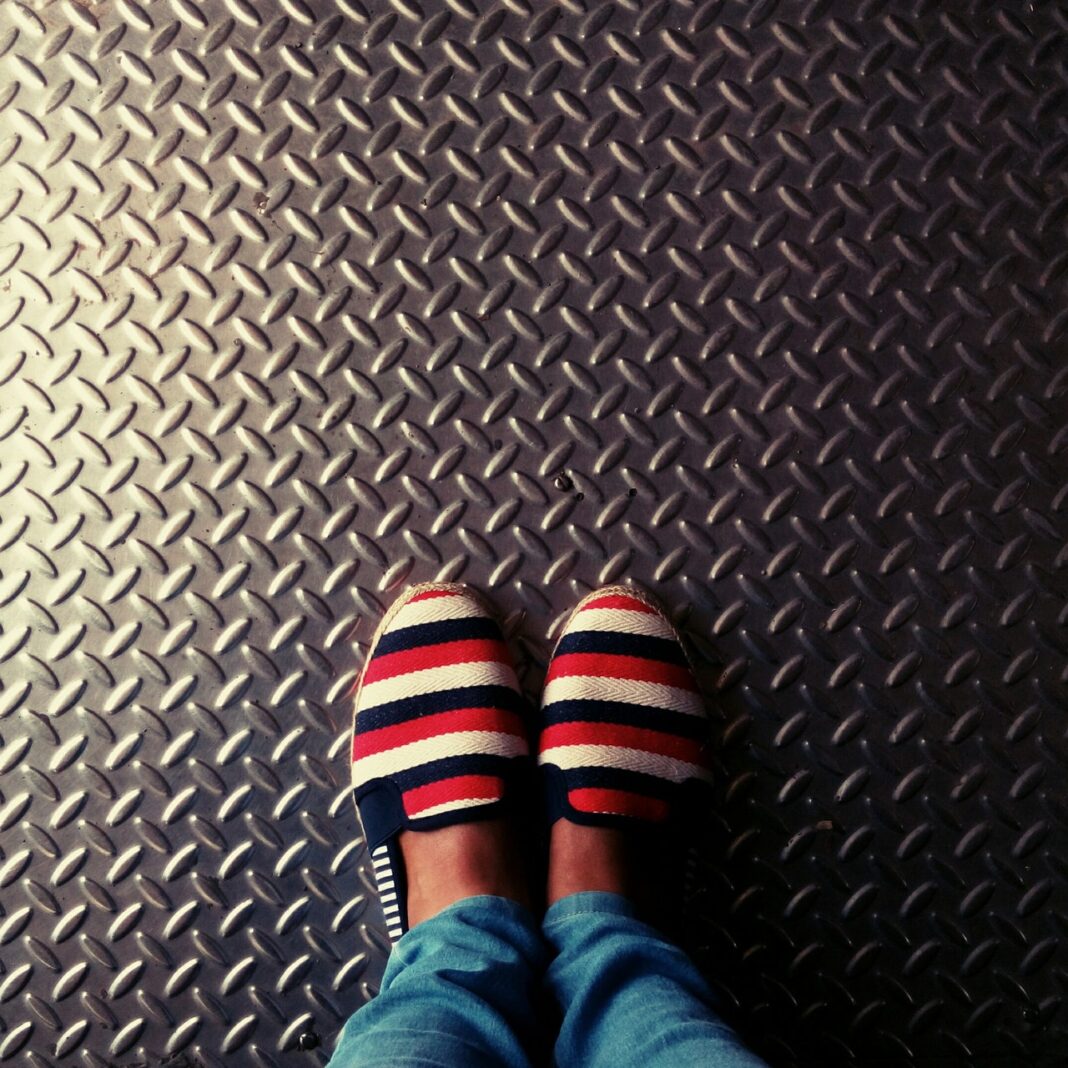What is Expanded Metal and Its Uses
Expanded metal is a form of sheet metal that has been cut and stretched into a regular pattern (often diamond-shaped) of steel mesh-like material. It’s commonly utilized in fences and gratings, as well as for metallic laths to support plaster or stucco.
Metal is stronger than wire mesh of the same density, such as chicken wire, because the material is flattened and allows the metal to stay in one piece. Another advantage of expanded metal is that the metal is never completely sliced and reconnected, allowing the material to maintain its strength.
Design
Circles, squares, and diamonds are three of the most popular shapes. Diamonds are the most popular forms since they efficiently absorb energy and resist mechanical deformation after installation. The size and angles of the forms, as well as how effectively the metal absorbs energy, will also influence how much energy is absorbed and where it is distributed throughout the extended metal
The three different angles of a diamond shape need to be considered, with two acute and two obtuse angles playing a role. The greater the angles, the less strength the form will have because there would be too much room within the form. Strength is lost if the angles are too big; therefore, if they are too small, it’s impossible
The way the shapes are but also has an effect. If the angle is zero, the ends of the form point to the beginning and conclusion of the sheet, allowing for straight lines across it. When it comes to compressing a diamond sheet on its side, this option offers the greatest strength.
A gutter curb is the most common type of curb, but it isn’t the only one. There are various types of gutters on houses that may need repairs including metal pipe, plastic pipe, rubber hose, and even wood chips used in summer months for drainage. The situation can be improved by installing a gutter system with appropriate materials (such as expanded metal).
The diamond diagonal is positioned at the start and end of the sheet when it’s set at a 60° angle. A 90° angle makes the diamond vertical to the beginning and conclusion of a sheet. The 90º plus 60º and 60° plus 90 degrees angles are formed by combining two 60° angles; each pair of angles is named in inverse
The expanded metal, which can be produced and delivered as standard mesh, may also be flattened to form a smooth surface that allows the mesh to be used in more applications such as prison security.
Check out one of the best-expanded metal suppliers.
Uses and Applications
Expanded metal is frequently utilized to make fences, walkways, and grates because it is quite sturdy and resilient, unlike lighter and less expensive wire mesh. The many tiny holes in the material allow air, water, and light to pass through while also providing a physical barrier against larger things.
Another advantage of using expanded metal rather than plain sheet metal is that the exposed edges provide greater traction, which has led to its use in catwalks and drainage covers.
Construction industry workers often utilize vast amounts of expanded metal to support materials like plaster, stucco, or adobe during the construction process.
Artists, particularly sculptors, utilize expanded metal to create complex 3D forms and compound curves that can then be covered with plaster, clay, or other materials.
Niki de Saint Phalle made extensive use of expanded metal to support the curvaceous surfaces of huge-scale architectural sculptures in her Tarot Garden sculpture garden in Tuscany, Italy.
A low-cost cushioning and packaging material is made of similar stuff composed of rigid papers or cardboard.
Expanded metal has been utilized in contemporary architecture as an exposed surface or screen material that may be molded into simple or intricate ornamental forms. The surface of the expanded metal may be printed with photographs, creating textures or huge picture murals, which still allow light to pass through the building’s exterior surface.










